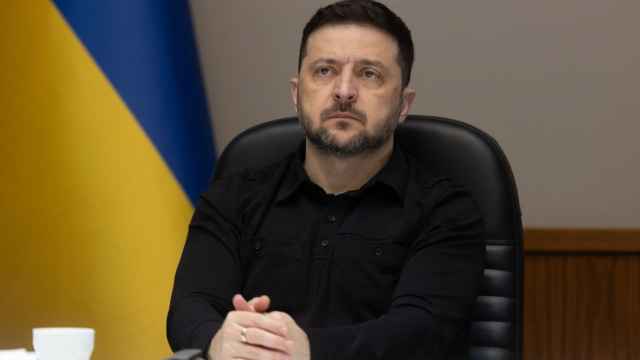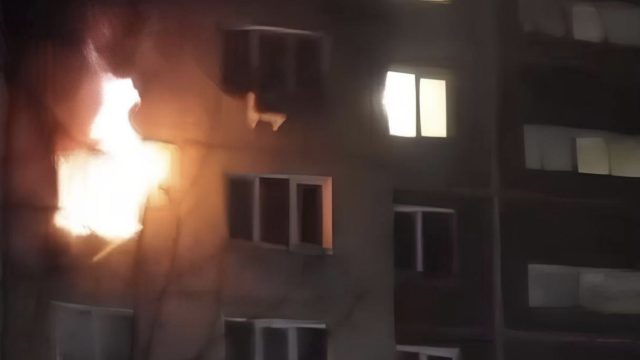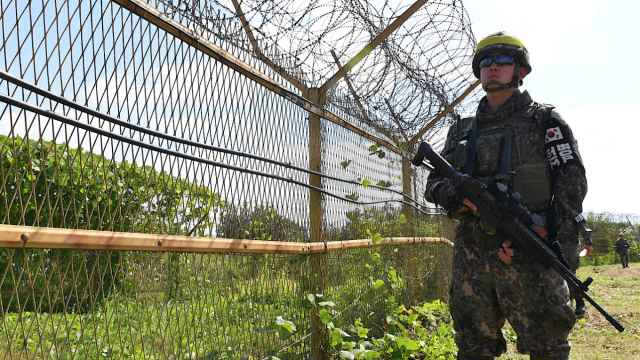The Georgian capital was transformed into a street party over the weekend for the annual city festival called Tbilisoba. The celebrations gave the authorities yet another opportunity to show off the progress they’ve made, by opening up a newly renovated square in the heart of Tbilisi’s Old Town. Opponents of President Mikheil Saakashvili often mock him for the sheer glee with which he inaugurates new buildings and monuments. But they can’t deny that his administration has left its mark on the landscape of his country.
In the days before the Tbilisoba festivities, details of yet more showpiece projects were revealed. Saakashvili personally announced the construction of a modernist tower in the Black Sea resort of Batumi. With a characteristic lack of understatement, he likened it to the
Eiffel Tower in Paris. An architect’s model for another grand Saakashvili project was also shown off for the television cameras: a futuristic new parliament building that will be constructed in the provincial city of Kutaisi. Meanwhile, Georgian television was also reporting that a copy of New York’s Central Park is to be created in Tbilisi.
Saakashvili has long been known for his love of brash architectural gestures — for example, the new presidential palace that resembles Berlin’s Reichstag or the glass-fronted Interior Ministry headquarters. It’s often said he would like to see himself as a latter-day David Agmashenebeli, alias “David the Builder,” the medieval king who managed to establish a united Georgia. Many believe that Saakashvili personally gets deeply involved in planning new projects, positioning himself as the country’s “architect in chief.”
For his admirers, though, these buildings are symbols of Georgia’s maturing statehood and indications of the advances made since the Rose Revolution in 2003. A recent opinion poll suggested substantial public support for the ruling party’s political direction.
On Oct. 15, the Georgian parliament approved constitutional changes that will give more powers to the prime minister at the expense of the president. Critics claim that this will enable Saakashvili to emulate his nemesis, Prime Minister Vladimir Putin, and retain power by becoming prime minister after the end of his second and constitutionally final term as president. But even if he does spring a surprise by leaving politics altogether, his architectural legacies will remain as monuments to his eventful years in office.
Matthew Collin is a journalist based in Tbilisi.
A Message from The Moscow Times:
Dear readers,
We are facing unprecedented challenges. Russia's Prosecutor General's Office has designated The Moscow Times as an "undesirable" organization, criminalizing our work and putting our staff at risk of prosecution. This follows our earlier unjust labeling as a "foreign agent."
These actions are direct attempts to silence independent journalism in Russia. The authorities claim our work "discredits the decisions of the Russian leadership." We see things differently: we strive to provide accurate, unbiased reporting on Russia.
We, the journalists of The Moscow Times, refuse to be silenced. But to continue our work, we need your help.
Your support, no matter how small, makes a world of difference. If you can, please support us monthly starting from just $2. It's quick to set up, and every contribution makes a significant impact.
By supporting The Moscow Times, you're defending open, independent journalism in the face of repression. Thank you for standing with us.
Remind me later.





